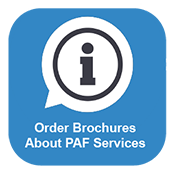Downloads

Tips for Talking with Your Pharmacist
Designed specific to the cardiovascular community, this publication provides tips on communicating with your pharmacist, the advantages of doing so and how valuable pharmacists can be to patients regarding medication concerns.









